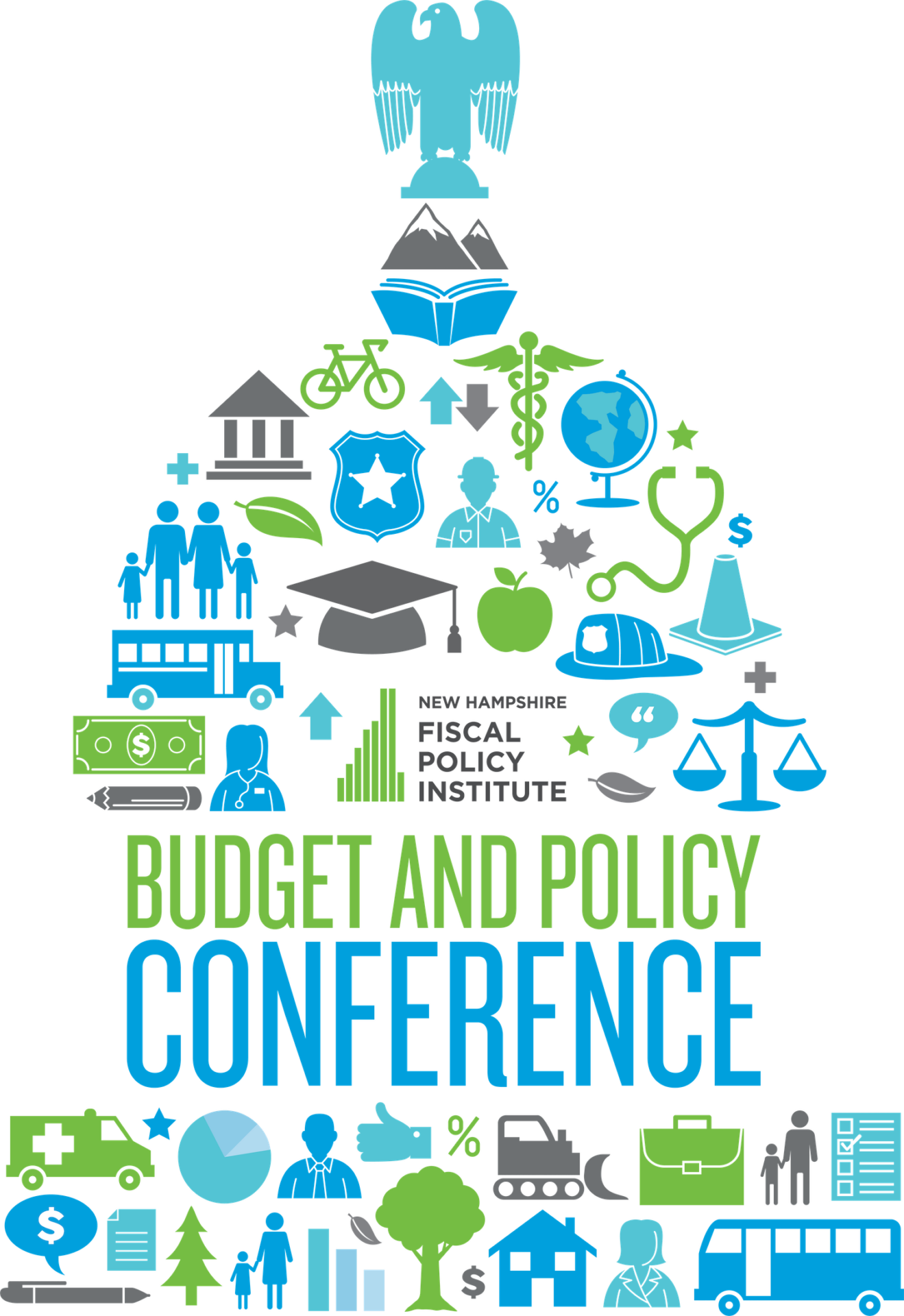First published in NH Bulletin, October 2, 2023
New Hampshire’s state government contributed the smallest percentage of total local education revenue to local public K-12 education of any state in the nation, according to 2021 U.S. Census Bureau data. Using another metric, for every $1,000 in income, New Hampshire state funding ranked 47th in contributions to state revenue for public elementary and secondary education, ahead of only South Dakota, Arizona, and Florida.
The Granite State instead relies heavily on local property taxes. Geographic discrepancies in property values, when combined with differences in the number and characteristics of students served between school districts, has contributed significantly to inequitable access to educational opportunities and resources in the Granite State. These inequities are pronounced for students of color, in rural districts, or from households with low incomes.
Post-secondary education in New Hampshire receives similarly low state funding. The State Higher Education Executive Officers Association indicated that New Hampshire fell behind all other states in state funding for post-secondary education based on two investment metrics in fiscal year 2023: per capita basis and per $1,000 in income basis. In 2022, New Hampshire also had the lowest funding levels per full-time equivalency student in the U.S.
The impact of low state funding for post-secondary education can be passed on to students in higher tuition costs and greater debt loads as low levels of state support mean institutions are more tuition dependent.
The 2020 Institute for College Access and Success report found Granite State graduates with debt had the highest average levels at $39,950, and the second-highest percentage of students graduating with debt in the country at 70 percent. The high cost of in-state tuition may delay the readiness of graduates to make large purchases like homes and cars or to start a family. Relatively high tuition rates may also contribute to a disproportionate percentage of high school graduates leaving the state to pursue a four-year degree, a rate of 56 percent in 2020, second only to Vermont.
New Hampshire’s current state budget for state fiscal years 2024-2025 approved more funding for local K-12 public education through modifications to the education funding formula. These changes will result in an increase in state funding by approximately $169.1 million (8.8 percent increase over prior law) during the fiscal years 2024-2025 budget biennium. Certain modifications, such as a significant boost to the Extraordinary Needs Grants, will help ensure more funds are directed to schools serving students coming from communities with lower property values and more households with low incomes. For post-secondary education, the current state budget boosted funding from the fiscal years 2022-2023 levels by approximately $23 million for the Community College System and $22 million for the University System.
Higher levels of educational attainment correspond with increased levels of well-being and health later in life, including lower levels of unemployment and poverty, higher access to job opportunities and social mobility, greater financial stability, and longer lifespans. In New Hampshire, with each additional level of formal education attained, the median earnings of individuals over age 25 increases.
Investing in education is also key to supporting the trained and diverse workforce that is necessary for a thriving economy. New Hampshire is one of the oldest states in the nation with a median age of 43.3 years, second only to Maine, which has a median age of 45.1, and statistically tied with Vermont’s median age of 43.2 years, according to estimates from the U.S. Census Bureau for 2022. Population growth for the state is primarily fueled by in-migration instead of having more births than deaths.
Attracting families and young adults to the state and expanding opportunities for residents already here through investments in New Hampshire’s schools, including both K-12 and post-secondary education, will be key to supporting a prosperous and inclusive future for the Granite State.
The staff of the New Hampshire Fiscal Policy Institute contributed to this column.
Join NHFPI on Oct. 16 to be a part of the important policy dialogue on public education in New Hampshire. Register for the conference and learn more at nhfpi.org/conference. Registration is $50 per person, but scholarships covering registration fees are also available for those whom cost is a barrier. Learn more at nhfpi.org.

